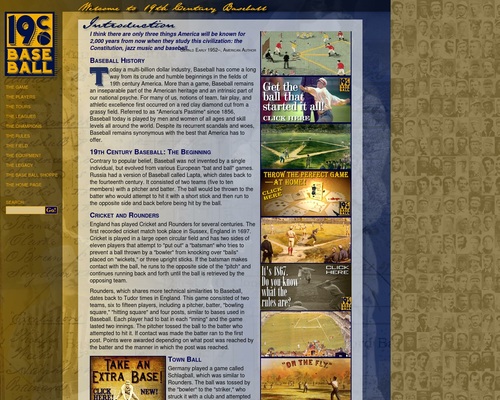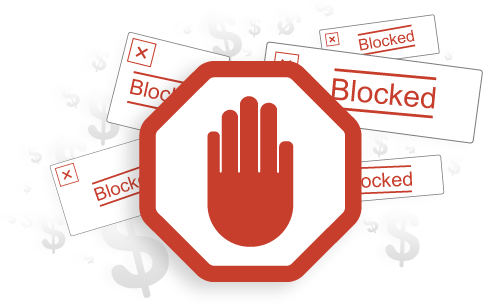
Product Name: Baseball History: 19th Century Baseball
[ad_1]
Click here to get Baseball History: 19th Century Baseball
at discounted price while it’s still available…
All orders are protected by SSL encryption – the highest industry standard for online security from trusted vendors.

Baseball History: 19th Century Baseball
is backed with a 60 Day No Questions Asked Money Back Guarantee. If within the first 60 days of receipt you are not satisfied with Wake Up Lean™, you can request a refund by sending an email to the address given inside the product and we will immediately refund your entire purchase price, with no questions asked.
Description:
I think there are only three things that America will be familiar with in 2000 years when they study this civilization: the Constitution, jazz music, and baseball.
Baseball, today a multi-billion dollar industry, has come a long way since its primitive and humble beginnings in 19th-century America. Baseball is more than a game, it remains an inseparable part of American heritage and an intrinsic part of our national psyche. For many of us, notions of team, fair play and athletic excellence first emerged on a red clay diamond cut from a lawn. Referred to as “America’s Pastime” since 1856, today baseball is played by men and women of all ages and skill levels around the world. Despite its recurring scandals and woes, baseball remains synonymous with the best America has to offer.
Contrary to popular belief, baseball was not invented by a single individual, but evolved from several European “bat and ball” games. Russia had a version of Baseball called Lapta, which dates back to the fourteenth century. It consisted of two teams (five to ten members) with a pitcher and batter. The ball would be thrown to the batter who would try to hit it with a short stick and then run to the other side and back before being hit by the ball.
England have been playing Cricket and Rounders for centuries. The first recorded game of cricket took place in Sussex, England in 1697. Cricket is played in a large open circular field and has two sides of eleven players trying to “extinguish” a “batsman” trying to prevent a ball from being thrown by a “bowler” against knocking down “bails” placed on “wickets” or three upright sticks. If the batsman makes contact with the ball, he runs to the other side of the “pitch” and continues to run back and forth until the ball is retrieved by the opposing team.
Rounders, which bears more technical similarities to baseball, dates back to the Tudor era in England. This game consisted of two teams, six to fifteen players, including a pitcher, batter, “bowling square”, “hitting square” and four posts, similar to bases used in baseball. Each player had to hit in every “inning” and the game lasted two innings. The pitcher threw the ball to the batter who tried to hit the ball. When there was contact, the batter ran to the near post. Points were awarded depending on which post was reached by the batter and how the post was reached.
Germany played a game called Schlagball, which was similar to Rounders. The ball was thrown by the bowler to the striker, who batted it and attempted to complete the circuit of bases without being hit by the ball. Americans played a version of Rounders called “Town Ball,” which dates back to the early 1800s. In this game, the first team to score a hundred “talleys” won the game. In 1858, the rules were formalized as the “Rules of the Massachusetts Game of Town Ball.”
Occasionally, American newspapers from the early 1800s featured games listed as “Bass-Ball,” “Base,” “Base Ball,” “Base-Ball,” “Goal Ball,” and “Town Ball.” The first known printed record of a game other than Rounders and resembling a game closer to baseball comes from an 1829 book called The Boy’s Own Book, in which the game is referred to as “Round Ball,” ” Base” and “Goalball.” A rough field diagram was included with specific locations for four stones or poles (bases), arranged in a diamond. The article described how to “make a way out” and how to get “home”. The word “party” was used to describe a team, and the team’s at bat was called the “in-party.” Each side pitched to themselves, bases were run clockwise, and players could be eliminated by swinging and missing three pitched balls or by being hit with the ball as they moved between the bases.
Founded in 1833, the Olympic Ball Club of Philadelphia was arguably the first club to adopt a constitution, which was created by combining two associations of Town Ball players. One of the Town Ball societies may have started playing in the spring of 1831, in Camden, NJ on Market Street. The original group consisted of only four players playing “Cat Ball”, but eventually the number of players increased and the Saturday afternoon meeting usually included between fifteen and twenty players. With the increased interest, the game changed to Town Ball and then Base Ball. The other association called itself the Olympic Ball Club, preferring Town Ball and playing on Wednesdays. Not meeting as regularly as the group in Camden, some members of the Olympic Ball Club started playing in Camden. Finally, a match was proposed and played between the two associations. There is no record of this match, but the two groups eventually merged into one and played on Wednesday and Saturday. The constitution was first published in 1838 and consisted of 15 articles. Duties of the Board of Directors, Members and Captains were described. Practice days and a fine structure were also outlined.
“19cBaseball.com is a truly unique resource for in-depth information related to the history of our great sport. I encourage all baseball enthusiasts to visit the site to learn more about how the game really began.”
[ad_2]
Click here to get Baseball History: 19th Century Baseball
at discounted price while it’s still available…
All orders are protected by SSL encryption – the highest industry standard for online security from trusted vendors.

Baseball History: 19th Century Baseball
is backed with a 60 Day No Questions Asked Money Back Guarantee. If within the first 60 days of receipt you are not satisfied with Wake Up Lean™, you can request a refund by sending an email to the address given inside the product and we will immediately refund your entire purchase price, with no questions asked.



